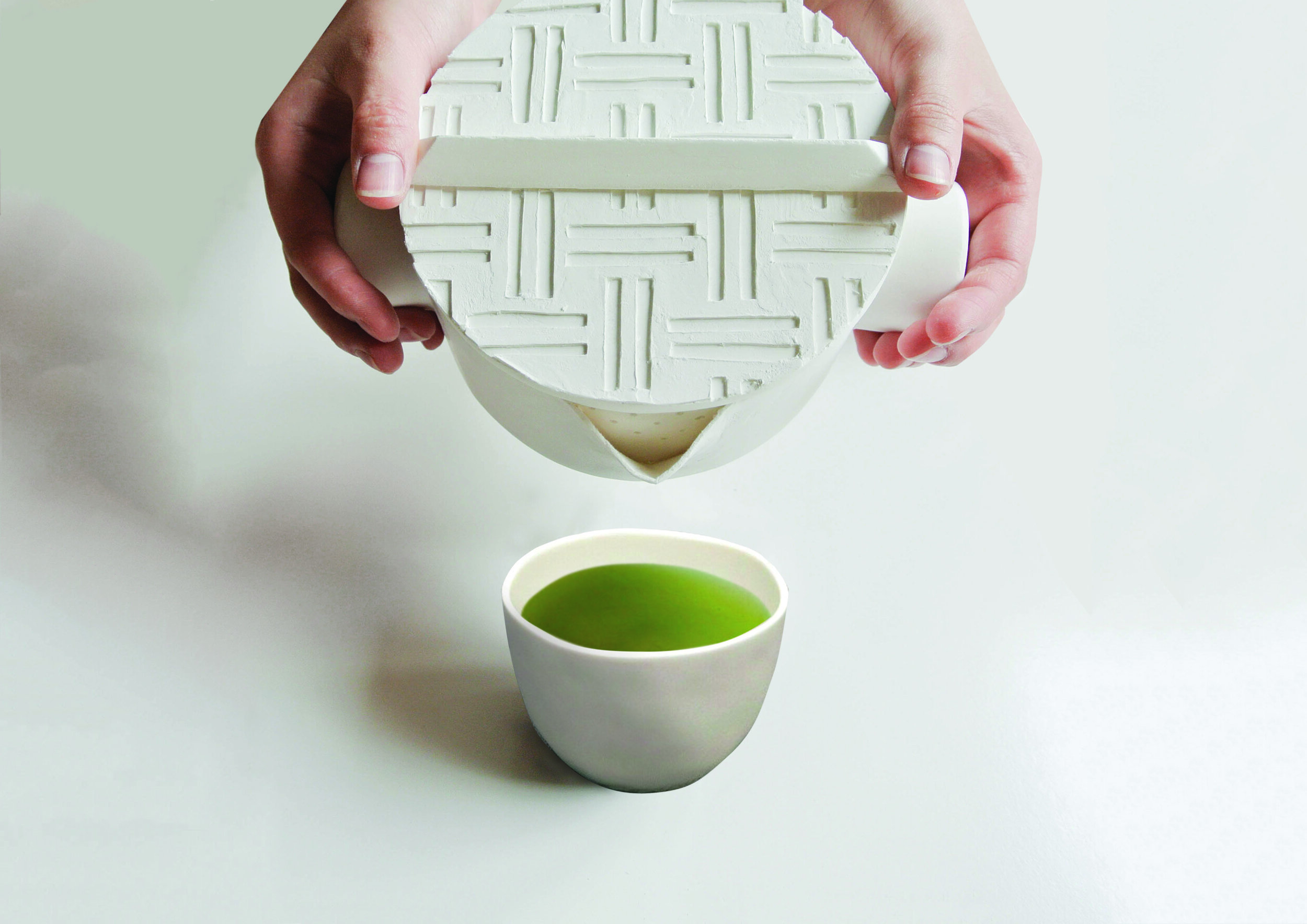
Nomu
A teapot reflecting rituals from Japanese culture, designed for the modern Australian dining experience.

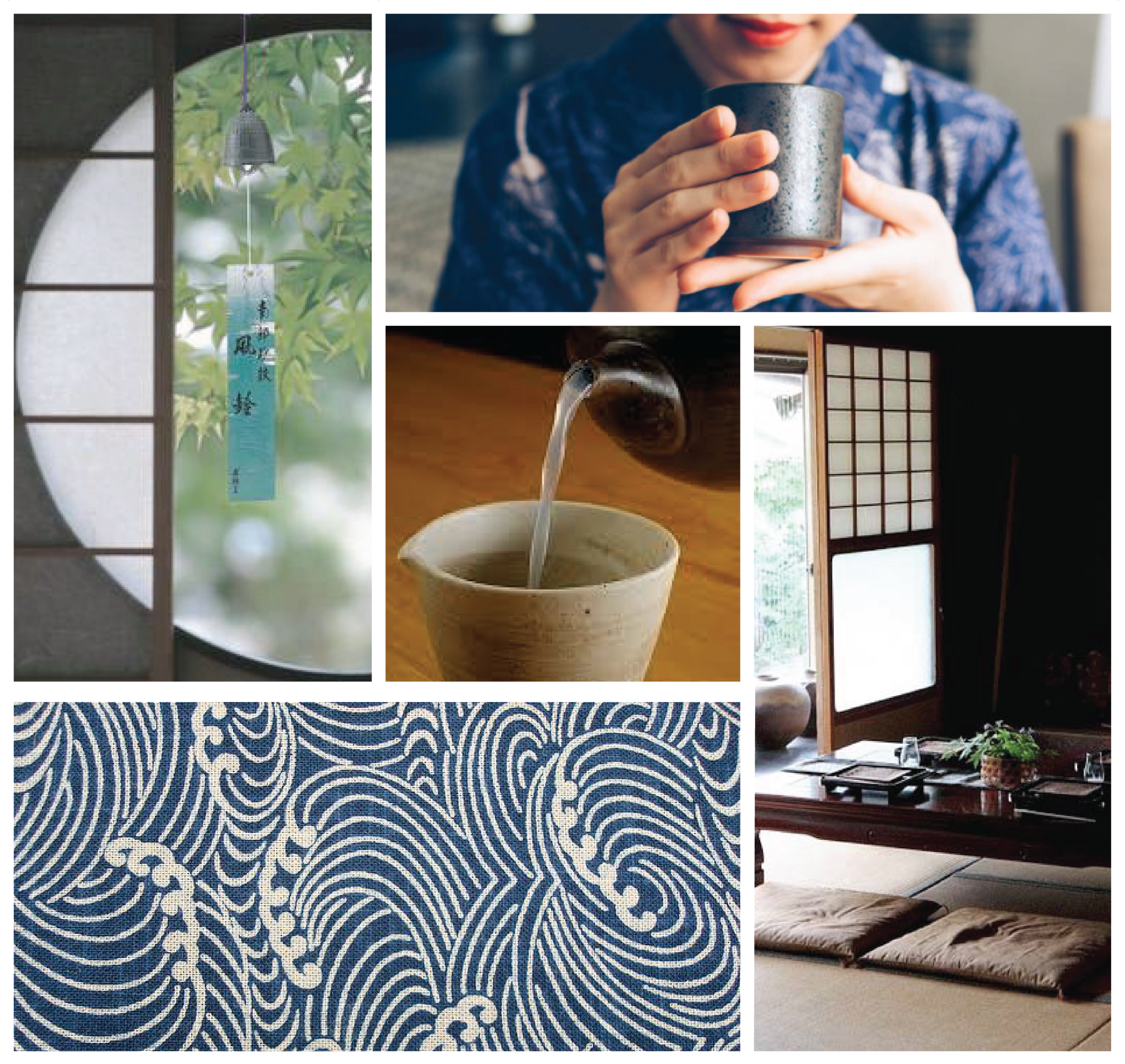
Tea is a significant part of Japanese culture- from traditional tea ceremonies to the daily cup of green tea.
As a Japanese-Australian, I grew up and have an appreciation for drinking tea. We bring out a specific type of green tea appropriate for guests and save the roasted rice kind for after dinner. When serving the tea, the lid is held delicately with the thumb or forefinger and is poured not one cup at a time, but about half way through each cup and back again so that each cup has the same intensity of the brew.
These are just some of the traditions surrounding Japanese tea.
How can I reflect cultural rituals in a teapot for the modern Australian dining experience?
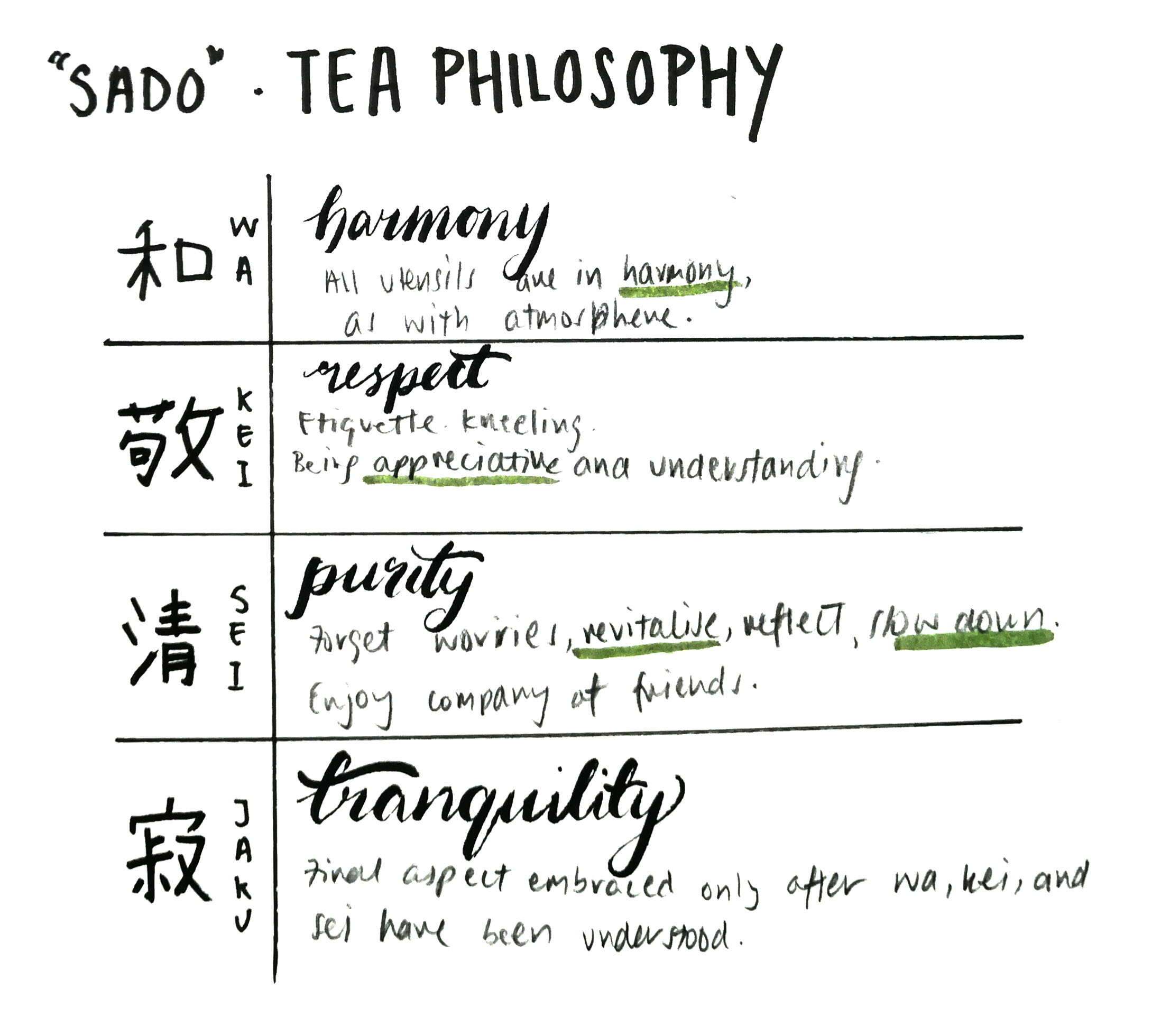
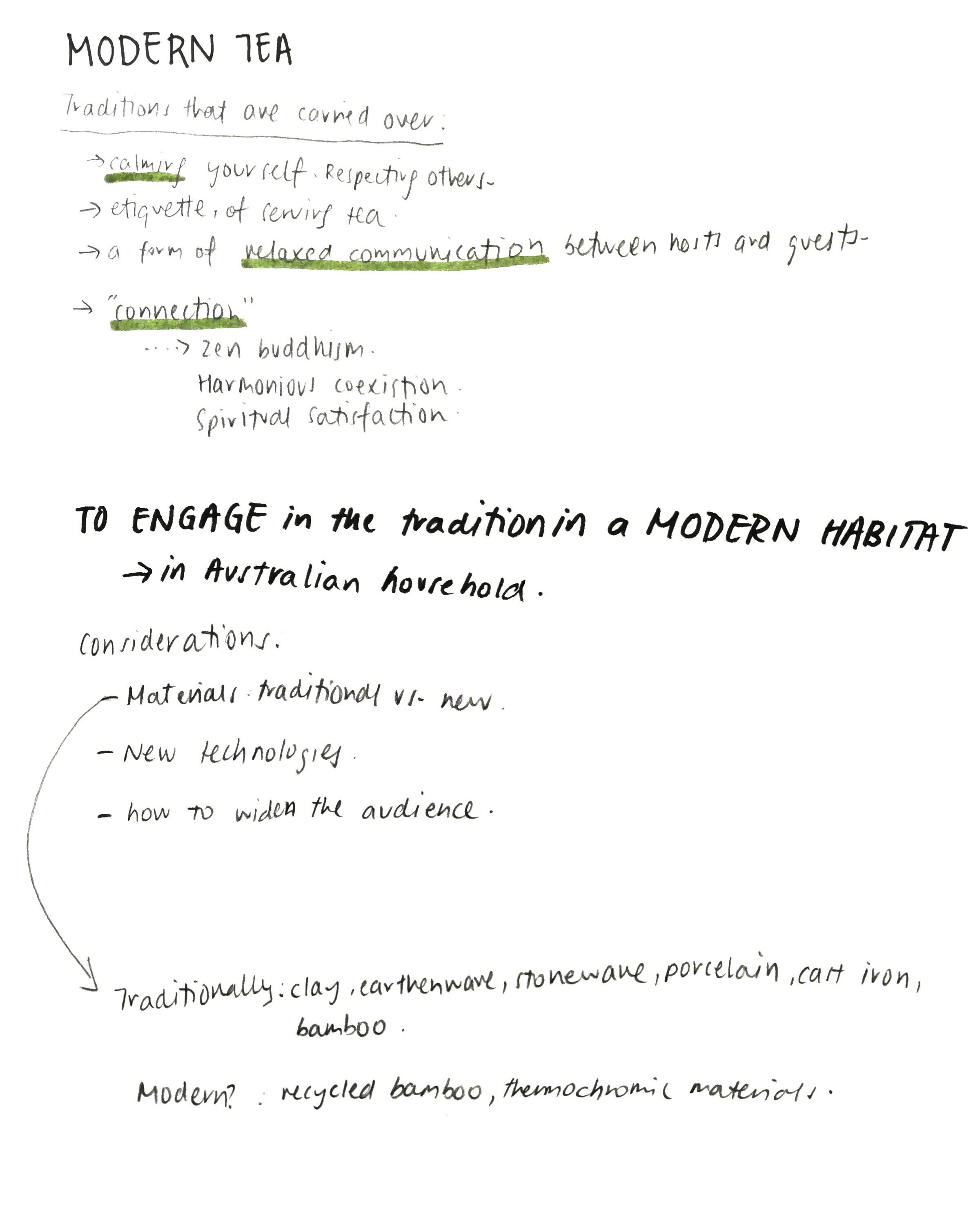
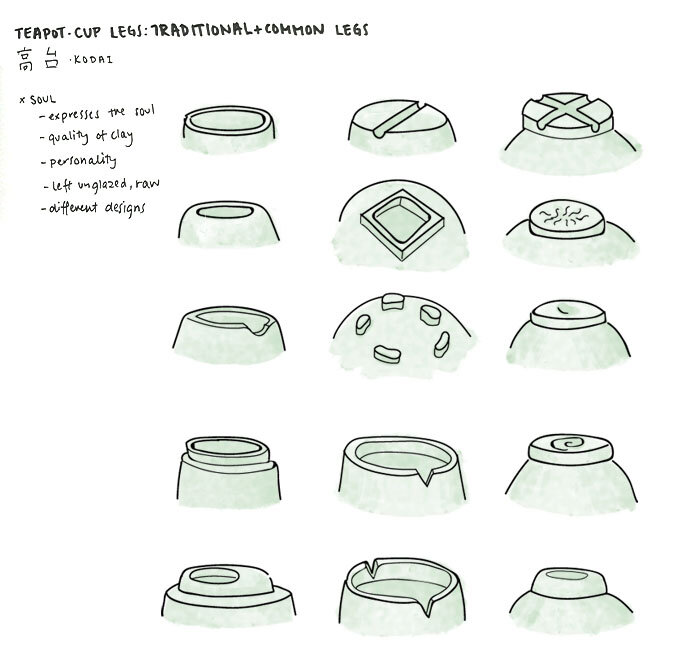
While every detail of traditional tea ceremonies are not practised at home, core concepts of zen are still reflected in the humble cup of tea. Preparing the tea leaves in the pot, waiting for it brew, pouring it to guests- all these steps establishes a connection between yourself, your guests and the world around you.
Many traditional ceramics finished by the craftsman had an extra detailing by the base. In ceramics, the foot of the piece is always left unglazed as they are fired. Traditional teapots and cups would often have cut-outs and markings imprinted on the base, as it represented the raw ‘soul’ of the craftsman.
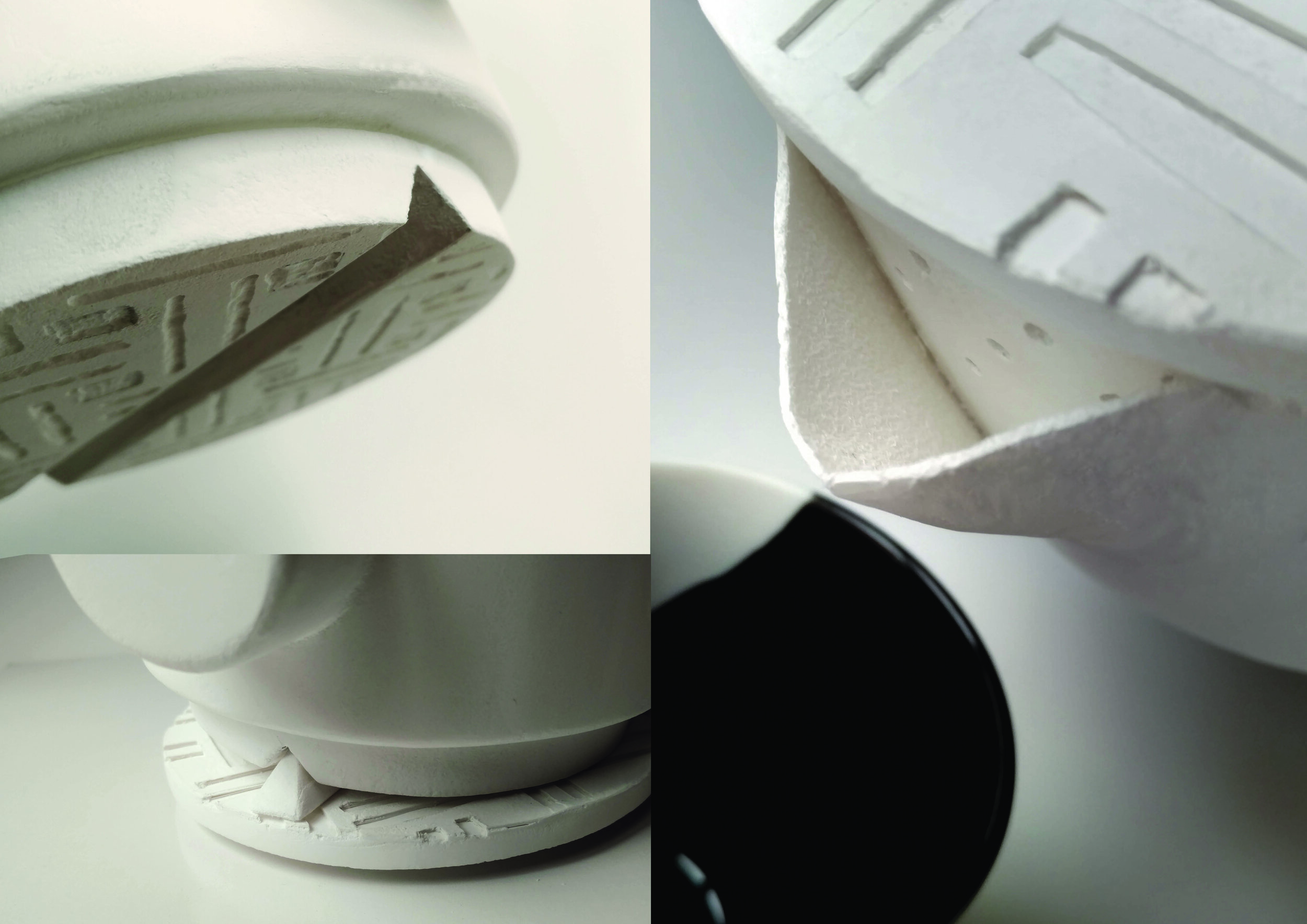
The Nomu teapot emphasises the tradition of the soul and celebrates it- the distinct patterns on the feet are mirrored on the lid, and can be used as a base for the teapot whilst placing the tea leaves inside. The cutout at the base and the lid which slots underneath creates a sense of harmony and slows down the process of preparing the leaves. The project focused heavily on designing experiences for people, to create meaningful connections between the product and user. This was achieved through thorough background research on cultural meaning and rituals, and understanding how it can be appropriated to different audiences.
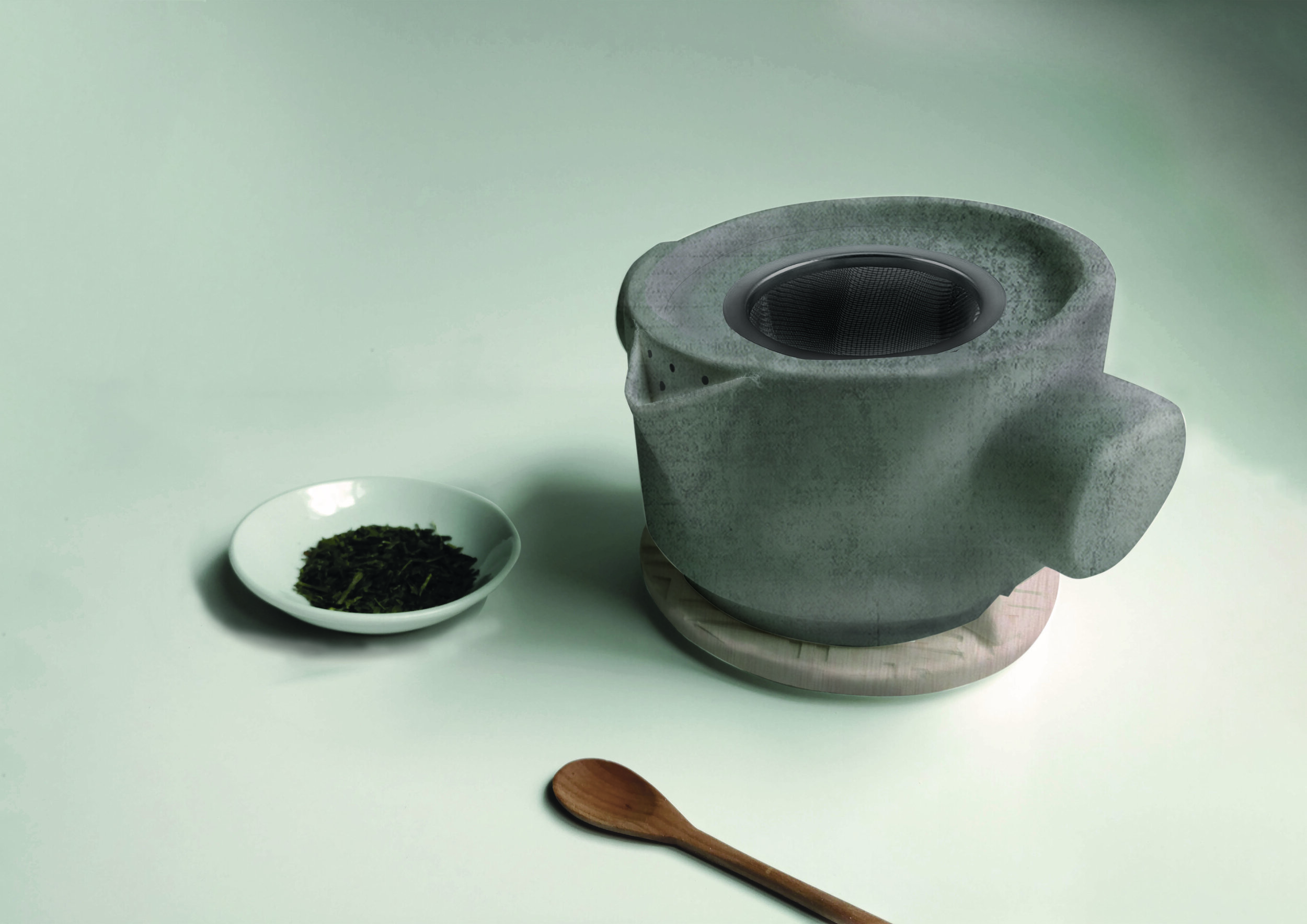
The two large handles on either side can allow for pouring with one or both hands. The act of pouring with two hands will allow for the experience of gently holding the lid with the thumbs and encourage pouring tea for other people.
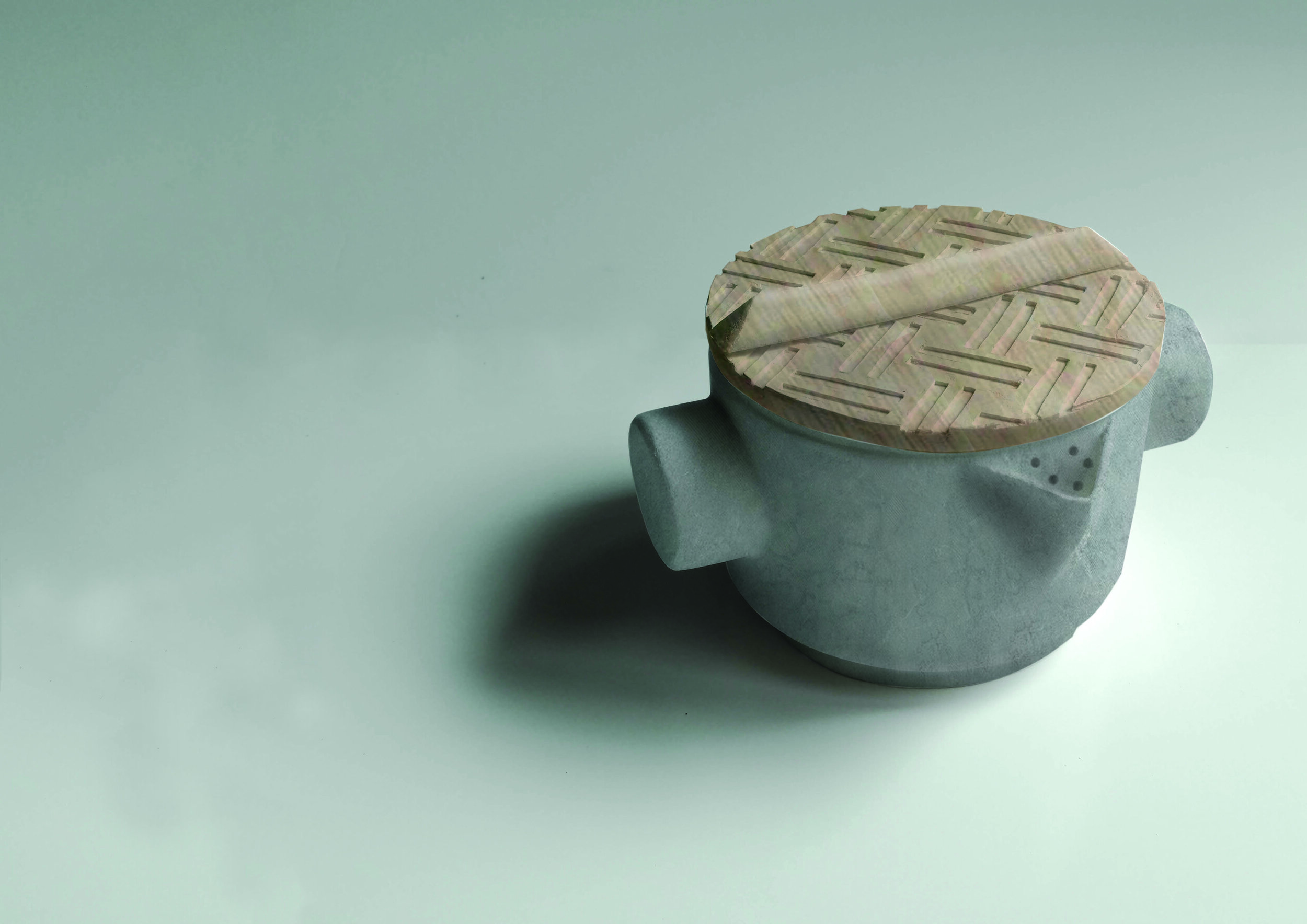
Made of traditional stoneware with a modern recycled bamboo lid.
